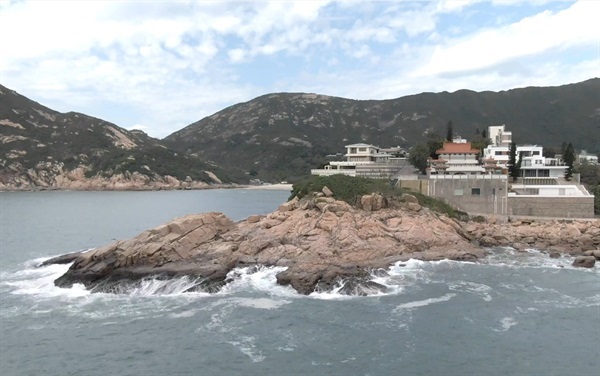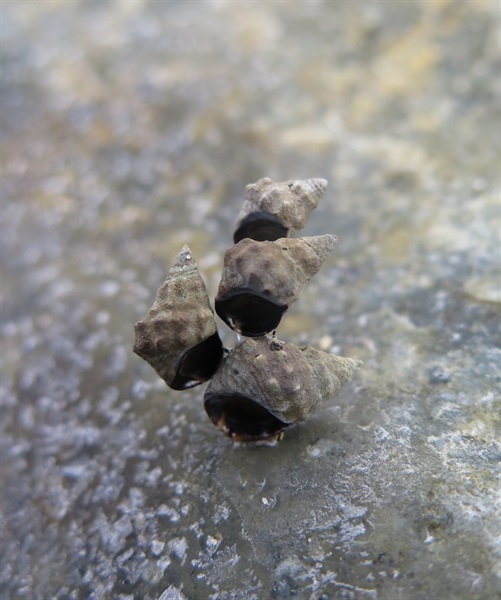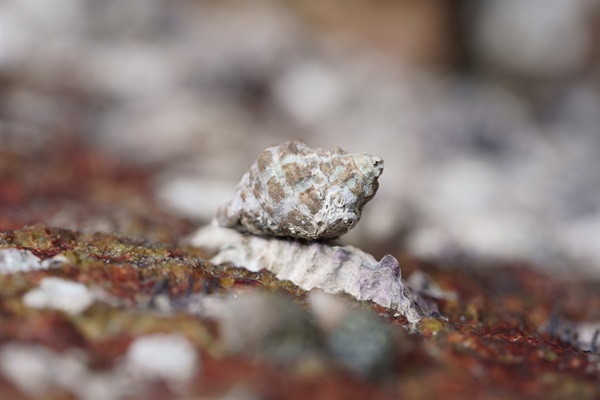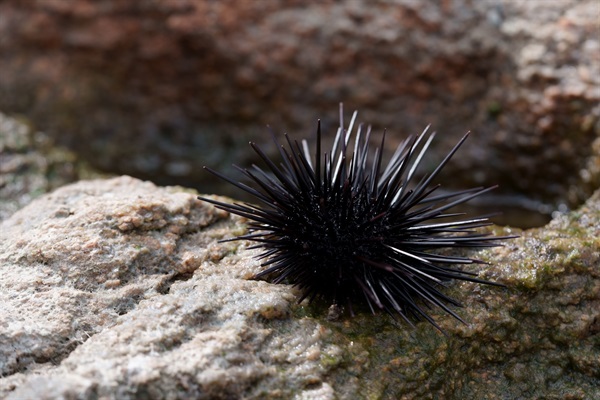Hong Kong's coastline is dominated by rocky shores with the substrate composed of various rock types. Rocky shore communities in this region exhibit strong temporal and spatial patterns in their abundance and composition. For instance, some species may suffer from a mass mortality in the hot summer but then recolonise the shore in the cool winter. The spatial pattern, on the other hand, occurs across the gradient of wave exposure. For example, the Rock Oyster, Saccostrea cuccullata, dominates the mid-shore zone of sheltered shores, whereas barnacles (e.g. Tetraclita spp.) are more common in the same zone of exposed shores.
Within the same shore, different species also partition at different shore levels, displaying a vertical zonation pattern. Species inhabiting the high-shore zone (less time submerged by seawater) are generally more tolerant to abiotic stresses (e.g. heat and desiccation), whereas species living in the low-shore zone experience more biotic influence (e.g. more competition for space and higher predation risk). The high-shore zone of most local rocky shores is dominated by littorinid snails (Echinolittorina spp.) and cyanobacteria. It is worth mentioning that the rock surface temperature in this zone can reach around 60°C when the tide recedes during daytime in summer. As such, it is amazing that a few organisms can still survive this extreme environment. The mid-shore zone is more specious. Apart from many sessile organisms (e.g. biofilms, oysters and barnacles), a range of mobile organisms (e.g. chitons, limpets, snails and crabs) also occur in this zone. These mobile species are mostly grazers that feed on biofilms, except for the carnivorous whelks. To survive the harsh low-tide periods, especially during the summer months, the mobile organisms often utilise microhabitats on the rock surface, such as rock pools, cracks and crevices, as their shelters. The low-shore zone is generally inhabited by algae and filter feeders (e.g. oysters, barnacles and mussels), and often by the Purple Sea Urchin (Heliocidaris crassispina) as well.






.jpg)
